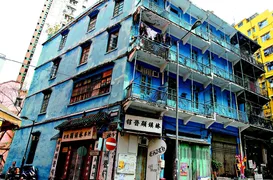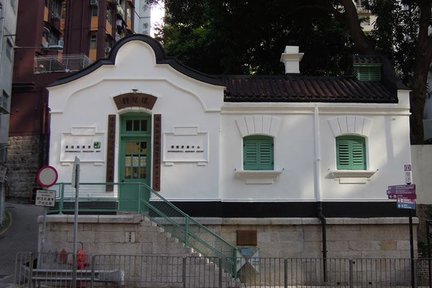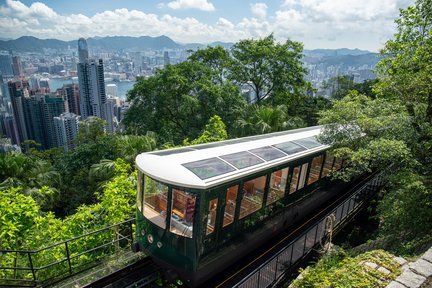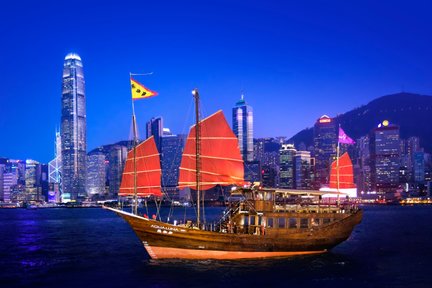Blue House

The best of Blue House
Bucket-list experiences
Make it a getaway
Events with a lot of buzz
Trouble-free transport
All that's good & tasty
More to explore
Why people love Blue House
Nearby places to go
FAQs about Blue House
When is the best time to visit Blue House Hong Kong?
How can I get to Blue House Hong Kong?
What local cuisine should I try when visiting Blue House Hong Kong?
Are there guided tours available at Blue House Hong Kong?
What are the visiting hours for Blue House Hong Kong?
What should I keep in mind for a pleasant visit to Blue House Hong Kong?
What to know before visiting Blue House
Remarkable Landmarks and Must-Visit Sights
Historic Downtown Phoenix Garfield Neighborhood
Explore the historic downtown Phoenix Garfield neighborhood, where Blue House Coffee roasts its sustainable coffee. This area is steeped in history and offers a glimpse into the past while enjoying a cup of freshly roasted coffee.
Mobile Coffee Bar
Book Blue House Coffee's mobile coffee bar for your next event and enjoy a unique coffee experience. Perfect for gatherings, this mobile service brings freshly brewed coffee to your doorstep.
Coffee Farm in Costa Rica
Learn about Blue House Coffee's farm in Costa Rica, where they grow and experiment with coffee beans. This farm supports a local community and offers insights into sustainable coffee farming practices.
Cultural and Historical Significance
Blue House Hong Kong is a testament to the city's rich cultural and historical heritage. The area is known for its historical landmarks and cultural practices that have been preserved over the years.
Local Cuisine
Indulge in the local cuisine, featuring popular dishes that highlight the unique flavors of Hong Kong. Must-try foods include freshly roasted coffee from Blue House Coffee and other local delicacies.
Culture and History
The Blue House is steeped in history, dating back to the Goryeo Dynasty. It was built on the site of the royal garden of the Joseon Dynasty and has witnessed significant historical events, including the Japanese colonial period and the establishment of the Republic of Korea. The complex includes multiple buildings with traditional Korean architecture, reflecting the country's rich cultural heritage.



